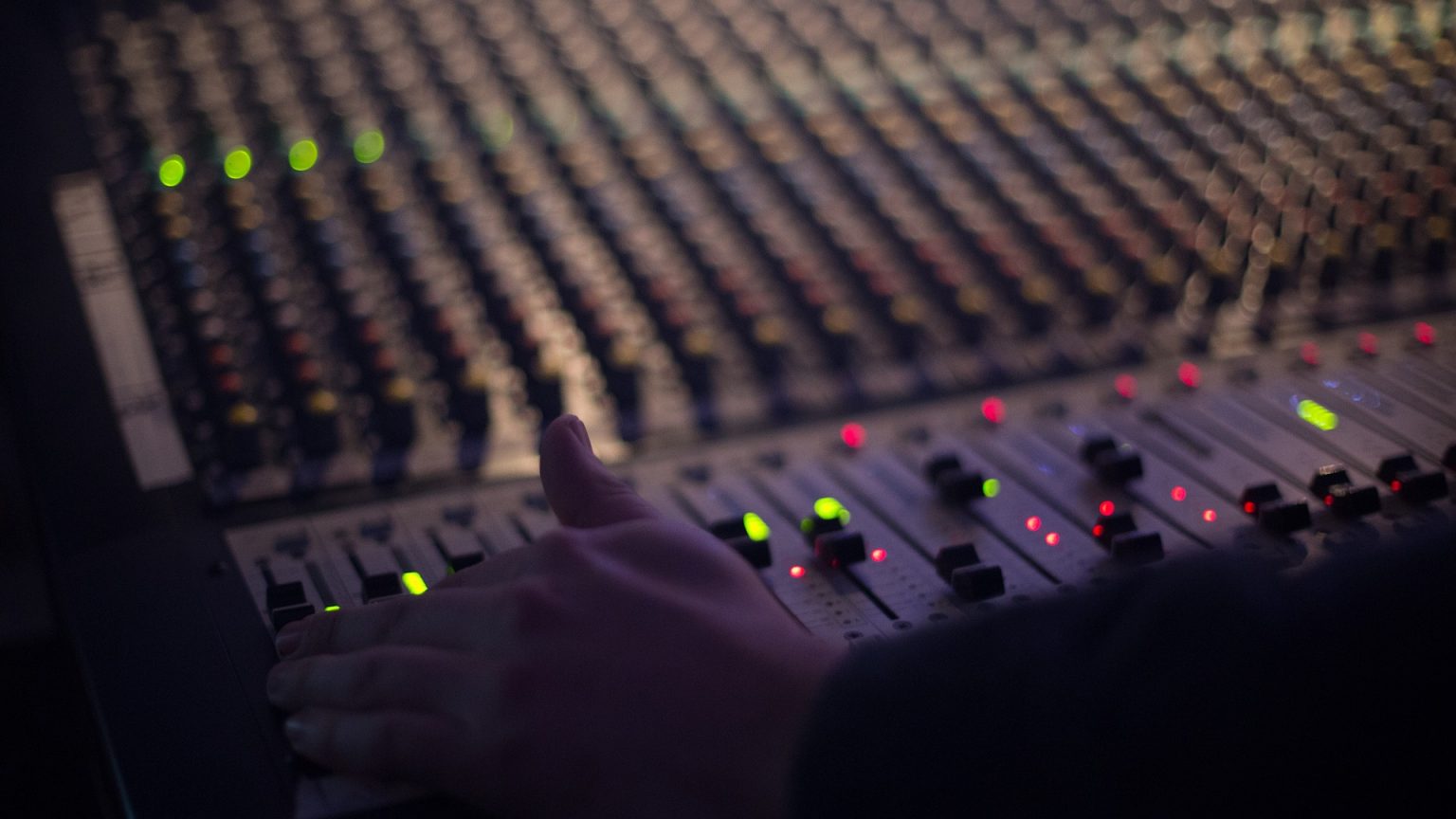Many people use compression to reduce the dynamic range of a track. A compressor is nothing more than an automated volume control. In fact, before compression was even invented, real hands turned faders up and down during mixdown. A note that was a little too quiet could be turned up and notes too loud could be turned down by what is called ‘riding the fader’.
I use fader riding all the time when mixing to level out performances of singers and musicians. Of course, you can’t catch peaks by hand, unless you have superhuman hand-ear coordination. Fader riding is not about catching peaks, but rather about leveling out the average dynamic range by slowly moving levels up and down.
Fader riding is a broad form of automation that sounds natural and can be used not only to reduce dynamic range but also to enhance it. In DAW’s you can easily do this by drawing in an automation curve but doing it by hand offers way more control and will be much quicker in the end. A simple midi controller with faders will do the trick. Motorized faders are even more useful and aren’t that expensive anymore.
Creative fader riding
Fader riding is not only for altering the dynamic range of a signal. It can be used creatively to mix effect returns with a dry signal. In the video above I use an analog mixer to record effect returns in realtime. The mixer I have can’t be automated but I can of course record multiple takes and pick and choose the best parts of each take. You will make mistakes by automating this way, but that’s what makes this method sound so organic. The mixer really becomes an instrument.
In the video above I’ve got 4 channels. Return 1 (R1) is the left return of a stereo reverb unit and Return 2 (R2) is the right return. This means that by changing the relative levels of those faders you can pan the reverb. If done right you can even give the illusion of the sound moving in circles around your head. Return 3 (R3) is a mono delay return from a digital delay unit and the channel labeled ‘PEDAL’ is an effects return from an analog guitar delay pedal.
By playing around with those 4 faders you can make a sound much more interesting. Panning the delay return immediately adds stereo width to the sound. Try this technique out yourself and instead of automating the mixer in your DAW, try to set-up a resample bus to record the sounds in real-time. This gives you the same limitation as working with an analog mixer and will increase the chance of happy accidents.
Be sure to check out this article about dub delays, which is a similar technique to fader riding.











